Tracking Problems: Police Tracking Dog Overshoots Corners
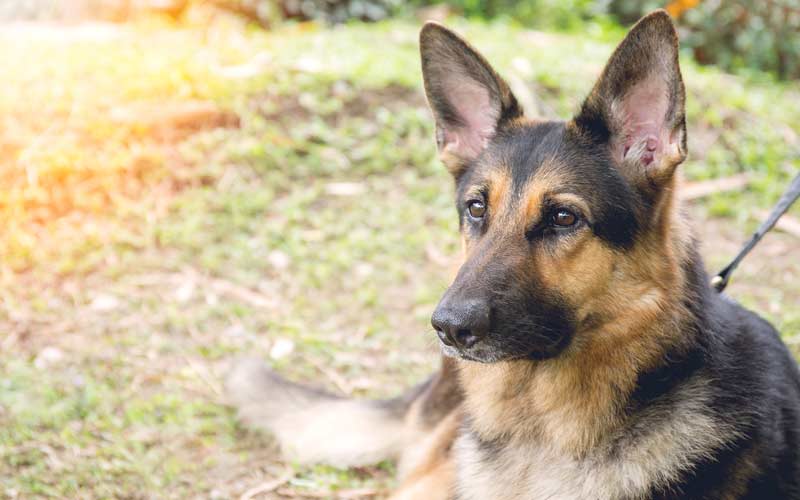
I recently received two emails from police K9 handlers who had similar tracking problems. Both had dogs that ran tracks but blew by the corners. They both wanted to know what to do. The following is what I recommended.
There is nothing wrong with a dog running on a track as long as the dog has scent. In fact, in many cases, unless the dog can track at a run, they will never catch up to the suspect.
Bottom line is: dogs that run when tracking catch more bad guys than foot-step-trackers. By foot-step-trackers I mean the style of tracking seen in Schutzhund or IPO.
Dogs that run will almost always overshoot corners. It's about impossible not to. With experience, a well-trained dog will give a noticeable track-loss indication and start to circle. This must become a trained reaction for track loss.
Track loss indications can vary; they can be a head swing or the dog lifts its head or he slows way down. Each dog is different.
Our goal is to teach the dog to give a clear signal for track loss when they overrun a corner. It's the handler's responsibility to recognize that signal. This should be something that is learned on training tracks.
When handlers recognize track-loss within 20 to 30 feet past a corner, the handler can help the dog (through circling) figure out which way the suspect went. Brand new police service dogs can be taught track-loss in at 50 training tracks. Dogs that have problems because of a poor foundation in tracking may need 150 to 200 tracks. Bottom line is it's always quicker to train a behavior correctly from the beginning than having to go back and retrain a problem out of the dog.
Training Tracks
The solution begins by using a 20-foot tracking line. Handlers with 30 foot lines quickly learn their line will become tangled in trees and brush.
Handlers must also lay their own tracks for this work and those tracks need to be laid INTO THE WIND. They have to know exactly where the corners are. They also need to know when a dog overshoots the corner, it 100% does not have any track scent. By tracking into the wind you know this.
Most K9 handlers know that they need to kick in the corner, usually 3 or 4 feet before and 3 or 4 feet after each corner. That way the odor cone is always stronger at the corner. Some dog's pick this up quickly and take corners on their own.
When that happens, the trainer stops kicking in the corners. They may fade to only kicking 3 or 4 feet after the corner and then after a number of training tracks, they fade it altogether. This may be the point when some dogs have corner problems because they have been waiting for the stronger "odor cone," and when it doesn't come, they blow right on past the corner.
When the dog blows a corner, the handler needs to really focus and watch his dog's head. You know there is no scent there because of the wind direction. In the beginning, the handler stops on the corner and lets the dog work out the problems.
If the dog continues to hunt for the track, have patience and let him. If he wants to pull straight ahead, don't go with him. If the track goes to the right and he wants to go left, don't go with him, just hold the leash and let him run in a circle to the left and bring him around until he cuts the track going to the right. Should the dog cut the first leg and want to track to the corner again, let him. It's part of the learning experience.
The Head Snap
One of the things an experienced dog handler will talk about is the head snap when his dog cuts a track. That happens when the dog is moving pretty quickly and he cuts across a track.
Handlers can actually teach head-snaps by not going to the exact beginning spot where they laid their training track. Rather, have the dog run in a circle and cut the track 5 or 10 yards down the first leg. Most of the time, a K9 handler never knows exactly where the track started. In addition, by the time he or she gets there, other officers have trampled the scene. So the K9 handler is forced to go beyond the contamination and cut the track.
So back to corners. Our goal is to teach our dog that when it gets track loss, it circles to cut the track after a corner. If the handler has worked a head-snap on his "starts", this will be easier for the dog and handler at corners.
Let the Dog Learn from His Mistakes
As long as the dog is working, handlers should remain quiet at a track-loss. If the dog is searching giving multiple "FIND IT" commands does nothing other than make the dog nervous.
In the beginning, don't be too concerned if the dog struggles. As long as you know exactly where the corner is, you are in control. The natural tendency is to help the dog. Handlers that help by pointing out the corner end up with a dog that gets in trouble and expects the handler to show him where to go. So your goal is for your dog to become a problem solver.
If the dog wants to pull past the corner in the direction of the first leg, don't go with him. Stand your ground. This becomes a subtle statement for the dog. You're not showing him which way the track goes, but you are telling him that you know he can't smell it (because you're going into the wind). Your goal is to teach him to work out the problem of "WHERE DID THE TRACK GO?"
So when the dog lifts his head, quietly ask him to "find it". See if he has the drive to look on his own. Let him struggle a little. That's how he learns.
If he flat stops, then you have to circle and cut the track. When we lay tracks we use articles. We will always leave an article 30 to 40 feet after a corner. This is a subtle way of rewarding a dog after a corner.
When your track is into the wind and you have the room, you can do a series of turns on one training track.
How you handle the dog when you stop at corners is important. I would use my voice to ASK HIM to look, not COMMAND him to look. Encourage the dog to find the track but not to the point of distraction. Too much from you and you become the problem.
Just remember that your goal during this period is not to get to the end of the track but for you to learn your dogs "track-loss indication" and for the dog to learn to circle when it overshots the corners.
Unknown Tracks Must Become Your Friend
These training tracks (into the wind) need to continue until the handler feels confident in recognizing a track-loss signal from his dog. Once that happens he can change things up. Tracks can be laid with the wind at your back and when that's good the handler needs to move on to "unknown tracks".
One of the biggest mistakes new K9 handler make is to only lay known tracks (where they lay their own tracks). The only way to ever have consistent success is to get to the point where all of the training tracks are unknown tracks laid in different environments.
If you want to learn more about Police K9 tracking (or Search & Rescue Tracking), I recommend that you get the set of DVDs or future online courses that I did with the Royal Canadian Mounted Police. The RCMP are hands-down the best tracking dog trainers in North American and even in the world.




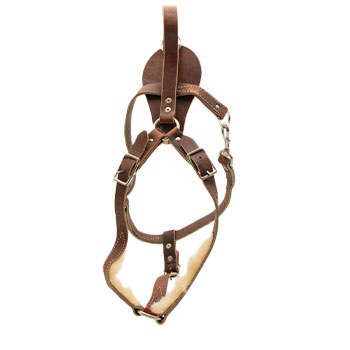
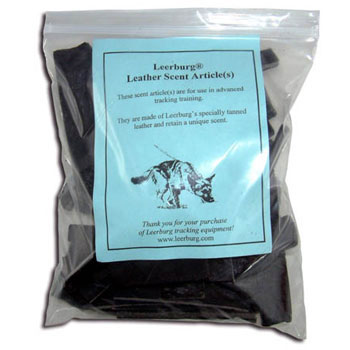
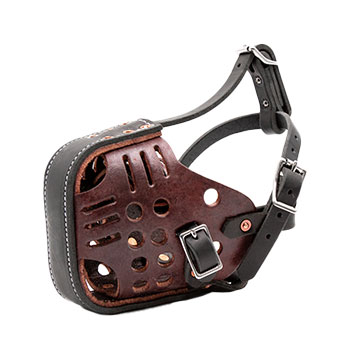
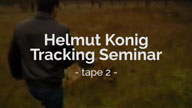

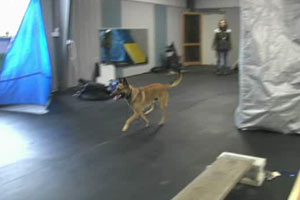
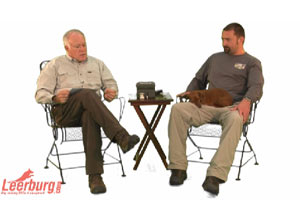
Ask Cindy.